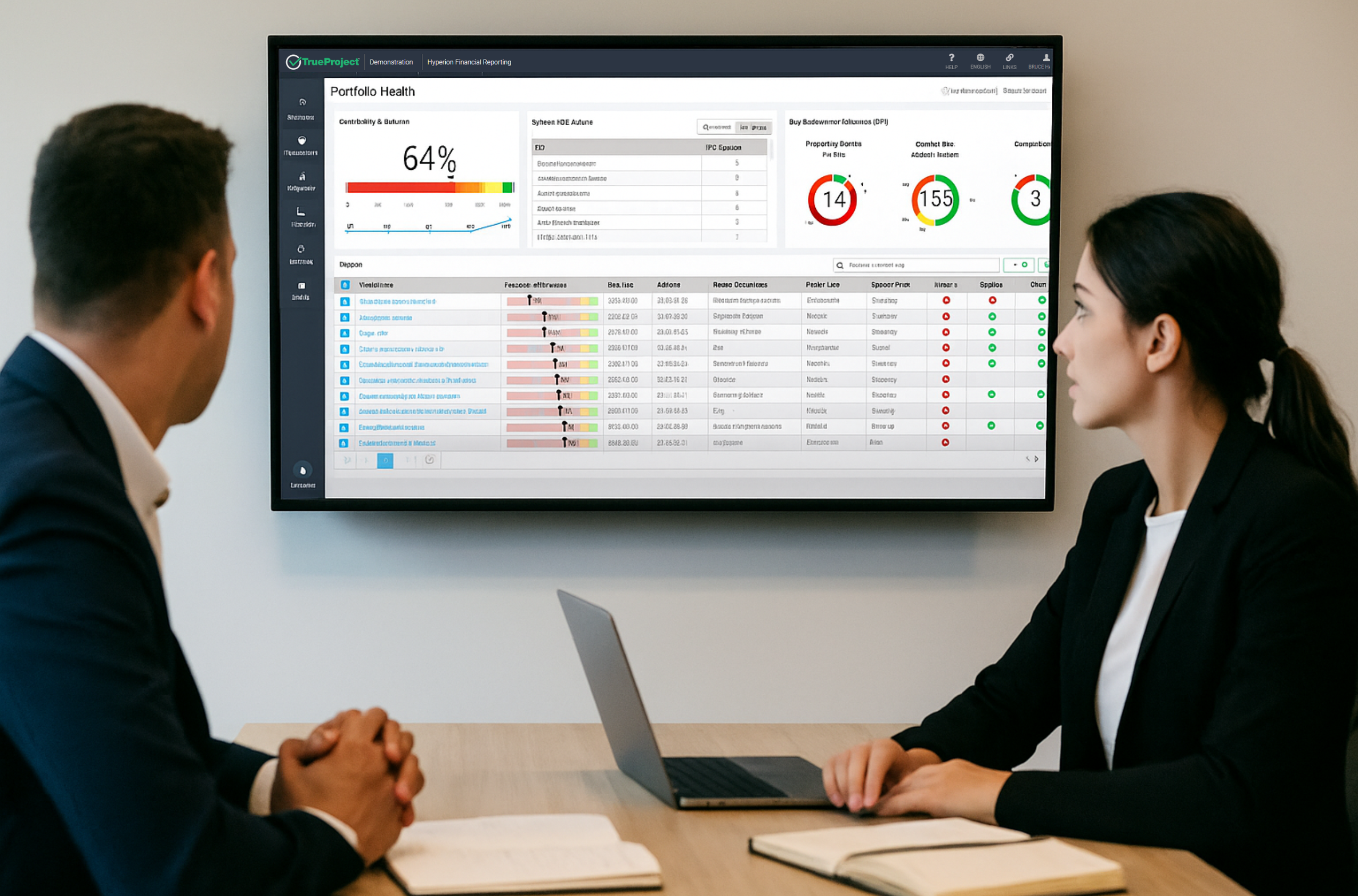
Quick Summary - Predictive intelligence redefines the Software Development Life Cycle (SDLC) by embedding foresight into every phase—from planning and testing to deployment and governance—bridging performance gaps, minimizing risk, and ensuring smarter, faster software delivery in an increasingly complex digital landscape.
Software project failures are costing enterprises $122 million for every $1 billion invested—a staggering price for inefficiency in 2025. The Software Development Life Cycle (SDLC) stands at a critical juncture, with 44% of projects derailed by poor planning, exacerbating risks in a landscape where 85% of organizations now leverage cloud strategies. As digital transformation accelerates, the life cycle of software development faces heightened complexity, from scope creep to misaligned deliverables. For project leaders, understanding what is the Software Development Life Cycle (SDLC) is no longer optional—it's essential for delivering successful outcomes in an increasingly agile and data-driven world.
This article explores how traditional SDLC models are being transformed through the integration of Predictive Intelligence and AI. Instead of treating each SDLC phase as an isolated checkpoint, modern approaches infuse intelligence into every step—helping project managers anticipate issues, optimize resources, and drive better decisions in real time. Below, we break down the SDLC life cycle phases and demonstrate how AI-enabled project management is reshaping them for efficiency, precision, and long-term value.
Understanding the Software Development Life Cycle in Project Management
The Software Development Life Cycle (SDLC), often referred to as the software development life cycle SDLC, provides a systematic framework for building software, ensuring quality and alignment with business goals. In project management, understanding what is SDLC Software Development Life Cycle is crucial for managing the phases in software development life cycle. These SDLC phases typically include:
- Planning - This foundational stage sets project goals, objectives, and scope, ensuring all stakeholders are aligned. With 61% of teams using user story mapping to gather requirements (Brainhub, 2025), predictive intelligence can enhance clarity by forecasting ambiguous needs that lead to scope increase, ensuring a solid project direction.
- Feasibility Analysis - This phase evaluates the project’s technical and financial viability, assessing risks and costs. Predictive intelligence can identify potential challenges early—such as likelihood of resource shortfalls—enabling data-driven decisions on whether to proceed, minimizing future setbacks.
- System Design - The phases in system development life cycle involve designing the software’s architecture, critical with 94% of enterprises operating in the cloud (HostingAdvice.com, 2025). Predictive tools can anticipate integration issues, such as compatibility conflicts with cloud APIs, streamlining this phase and reducing redesign efforts significantly.
- Implementation - Developers code the software, often using tools like GitHub Copilot. Predictive intelligence can flag resource bottlenecks early—for instance, predicting a developer shortage that could delay coding by two weeks—keeping development on track.
- Testing - The phases of development life cycle include testing to catch bugs. AI-driven insights can predict failure points, such as a module likely to fail under load, enhancing quality assurance and reducing rework.
- Deployment - Software launches, often via cloud platforms. Predictive analytics ensures smooth rollouts by identifying risks, such as server overload during peak usage, preventing downtime.
- Maintenance - Post-launch, the system development life cycle phases involve updates. Predictive intelligence forecasts maintenance needs—like predicting a spike in user requests for a new feature—extending software longevity and user satisfaction.
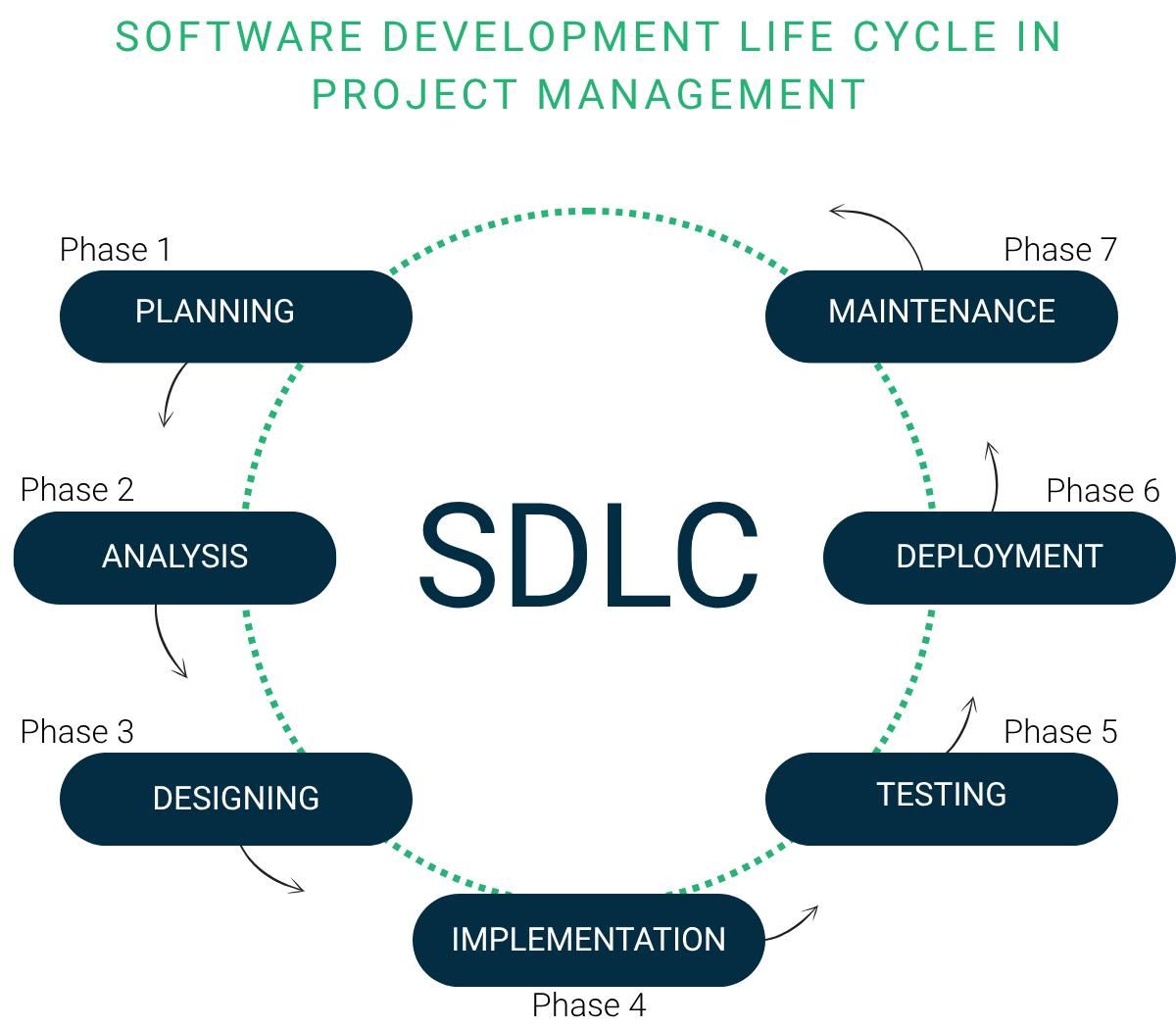
In project management, the SDLC life cycle aligns with methodologies like earned value management (EVM), which tracks progress using planned value (PV) and earned value (EV). Predictive intelligence enhances this alignment by providing real-time insights across all phases of SDLC. For example, it can alert managers to a potential 10% budget overrun during development, allowing proactive adjustments. This data-driven approach ensures the software lifecycle development remains efficient, setting a foundation for success in 2025’s fast-paced tech landscape.
Software Development Life Cycle Methodologies: Choosing the Right Approach

The software development life cycle SDLC can follow various methodologies, each impacting project outcomes. In 2025, the average project performance rate is 73.8%, underscoring the need for the right approach (PMI, 2024). Predictive intelligence can inform methodology decisions by analyzing project dynamics and historical patterns, helping teams align with the most effective execution model across the system development life cycle.
- Waterfall - A linear model where each phase completes before the next begins, ideal for small, defined projects like internal tools with fixed requirements. Only 45% of financial services firms use predictive methods like Waterfall due to limited flexibility for mid-project changes (PMI, 2024). Predictive intelligence can highlight risks of rigidity, such as likelihood of scope creep due to late stakeholder feedback, suggesting adjustments to mitigate delays.
- Spiral - Emphasizes risk analysis through iterative cycles, suited for complex projects like enterprise software with high uncertainty. It’s costly, but predictive intelligence can optimize resource allocation by identifying overstaffing risks, and reducing expenses.
- Iterative- A cyclical model that builds software incrementally, refining each iteration based on feedback for projects like evolving web platforms. It risks feature creep without control, but predictive intelligence can predict a overextension, guiding iterative adjustments to maintain focus and efficiency.
- Agile - Focuses on iterative sprints, offering adaptability for projects like mobile apps requiring frequent updates. It’s popular for its responsiveness, but scope creep can occur without oversight. Predictive tools can forecast scope changes ensuring Agile stays on track.
- Big Bang - An unstructured approach where development occurs with minimal planning, often used for small, experimental projects with tight deadlines. Its lack of phased structure increases risk, but predictive intelligence can mitigate this by forecasting potential resource shortages or scope deviations, enabling rapid course corrections to maintain project viability.
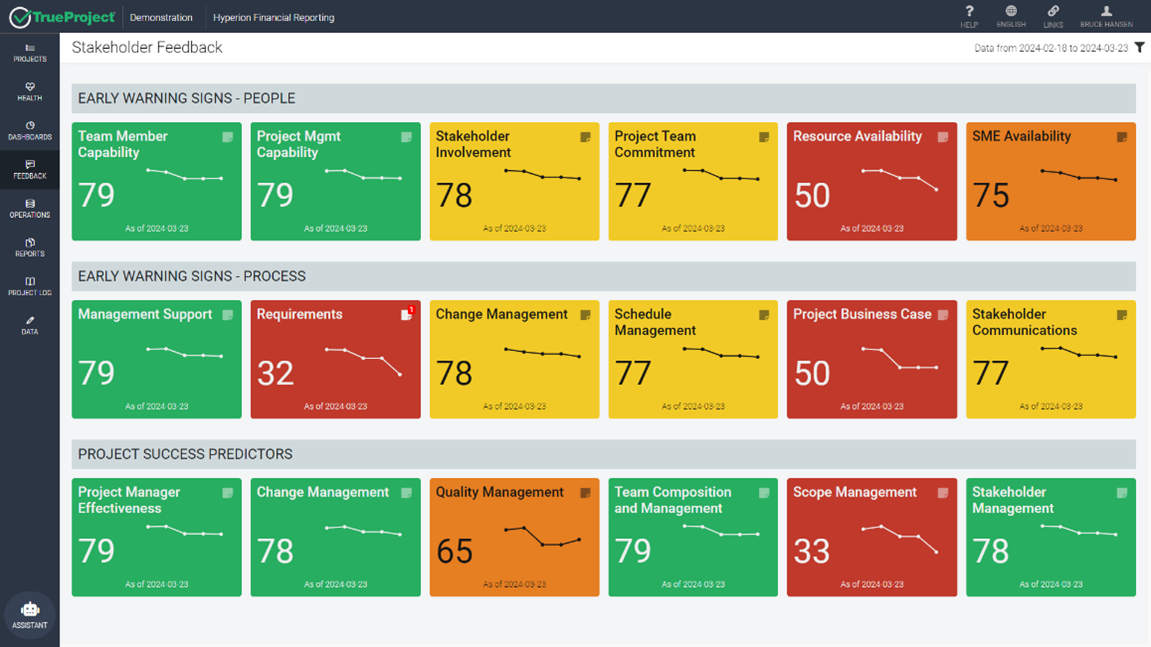
Consider a team developing a healthcare app: predictive intelligence can surface insights from similar projects to anticipate regulatory hurdles and highlight where agile iterations may impact compliance. This data-informed analysis empowers teams to select a methodology aligned with project needs—balancing flexibility for UI updates with guardrails for regulatory adherence, improving lifecycle alignment and delivery success.
Challenges in SDLC: The Hidden Risks
The SDLC life cycle phases face challenges that can derail projects. Poor planning leads to 44% of workers experiencing abandoned projects, wasting resources (monday.com, 2025). Additionally, 56% of project managers lack access to real-time KPIs, delaying critical decisions. Predictive intelligence offers a solution by providing instant visibility into project health, enabling proactive interventions across the phases in software development life cycle.
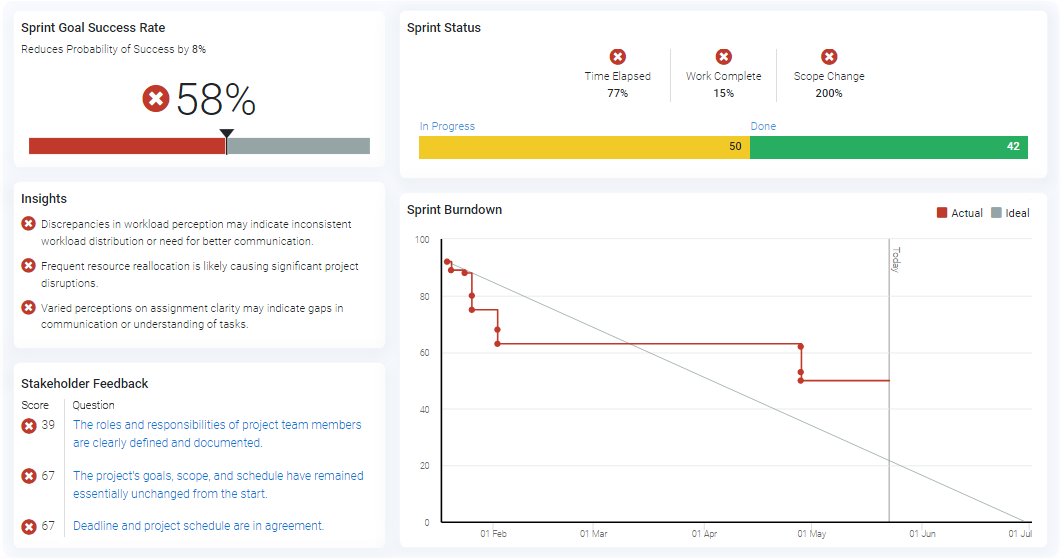
Security risks are escalating within the phases in system development life cycle. With 85% of organizations operating in the cloud, vulnerabilities are a top concern (Orca, 2025), for example, a fintech app might face data breaches if security testing is delayed until deployment. Predictive intelligence can anticipate such gaps—forecasting the likelihood of vulnerabilities during development—ensuring DevSecOps practices like threat modeling are integrated early across SDLC phases. This proactive approach reduces security incidents, safeguarding user trust and compliance. Predictive tools also help manage resource constraints, ensuring teams aren’t overstretched, which further mitigates risks and ensures the system development life cycle phases deliver strategic value.
Struggling with stalled metrics or mounting rework? Let’s connect. Schedule a discussion to pinpoint where predictive intelligence can tighten your SDLC flow.
The Role of Earned Value Management in SDLC 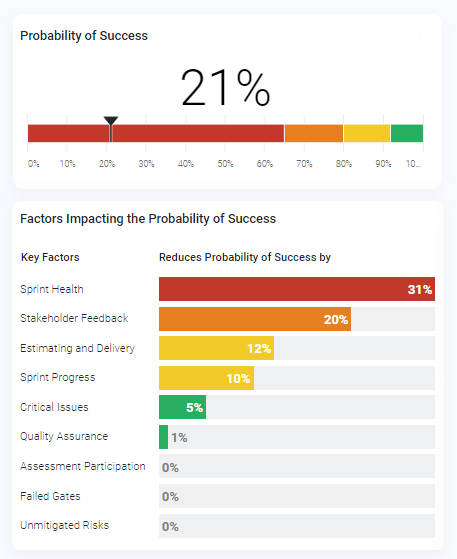
Earned value management (EVM) enhances the software development life cycle SDLC by measuring project performance through key metrics:
- Planned Value (PV): Budgeted cost of work scheduled.
- Earned Value (EV): Value of work completed.
- Actual Cost (AC): Actual cost incurred.
- Cost Variance (CV): EV - AC; indicates budget performance.
- Schedule Variance (SV): EV - PV; shows schedule adherence.
In the development phase of the SDLC, EVM can reveal delays, but manual calculations are slow, and 56% of managers lack real-time data (Wellingtone, 2024). Predictive intelligence enhances EVM by automating these metrics, providing instant insights. For instance, it can predict the budget overrun during testing, allowing managers to adjust resources proactively, ensuring the SDLC life cycle stays on track.
Predictive Intelligence: The Logical Solution for SDLC Success
Predictive intelligence, powered by AI, transforms the life cycle of software development by providing real-time insights and risk forecasting. In 2025, 44% of teams report improved quality using project management software with predictive capabilities (Planview.com, 2024). In the context of SDLC, project predictive intelligence—tools that forecast risks and optimize workflows—plays a pivotal role.
During the planning phase of the SDLC life cycle, predictive intelligence identifies requirement gaps, reducing risks of scope creep. In testing, it predicts vulnerabilities, enhancing DevSecOps efforts. For earned value management, it automates EV and PV tracking, minimizing the $122 million wasted per $1 billion invested due to poor performance (Planview.com, 2024). For example, a team developing an e-commerce platform used project predictive intelligence to foresee delay in deployment due to server issues, reallocating resources to meet deadlines. This ensures on-time delivery, saving thousands or even millions of dollars in potential project overrun costs. Project predictive intelligence, such as platforms offering real-time KPI tracking and risk forecasting, ensures the software system development life cycle aligns with strategic goals, making it an indispensable ally for project managers aiming for precision and efficiency.

See how leading teams are staying ahead of project risks before they escalate. Request a personalized demo of TrueProjectto explore real-time SDLC insights in action.
Best Practices for Integrating Predictive Intelligence into SDLC
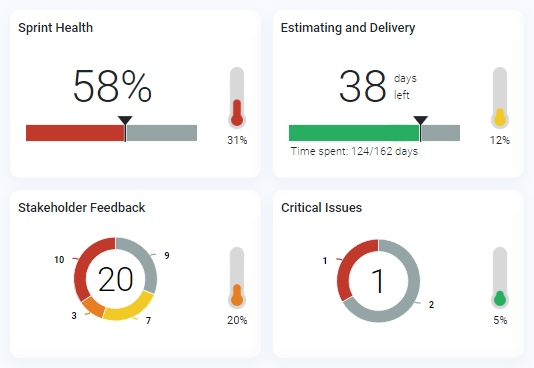 To optimize the phases in system development life cycle, adopt these best practices, subtly leveraging predictive intelligence:
To optimize the phases in system development life cycle, adopt these best practices, subtly leveraging predictive intelligence:
- Use AI-Driven Solutions: Applications with real-time KPI tracking and risk forecasting unify SDLC phases. Project predictive intelligence, as seen in tools like TrueProject, provides advanced warnings, ensuring proactive management of risks like scope creep or delays.
- Enhance Collaboration: Software improves team communication by over 44% (Planview.com, 2025). Predictive insights ensure alignment across teams by forecasting communication breakdowns, such as predicting stakeholder misalignment during requirements gathering, enabling timely interventions.
- Prioritize Security Early: Integrate DevSecOps across all phases of SDLC, with predictive tools flagging vulnerabilities like potential data leaks before they occur.
- Automate EVM Metrics: Use predictive intelligence to track EVM in real-time, ensuring timely interventions and keeping budgets on track.
- Engage Stakeholders Proactively: Predictive intelligence can predict stakeholder dissatisfaction—such as a 25% likelihood of scope disputes—allowing managers to address concerns early, fostering trust and alignment.
These practices ensure the software development life cycle SDLC meets modern demands, with predictive intelligence guiding each step for strategic success, ensuring teams deliver software that exceeds expectations.
Looking for tighter control over scope, delivery, and KPIs? Book a walkthrough to see how TrueProject turns SDLC complexity into predictable execution.
The Future of SDLC: A Predictive Paradigm
The future of the Software Development Life Cycle is intertwined with predictive intelligence. With 37% of organizations using hybrid methodologies, tools providing foresight are essential (PMI, 2024). Project predictive intelligence reduces waste, improves collaboration, and ensures the SDLC life cycle drives innovation, positioning teams to thrive in 2025’s cloud-driven landscape.
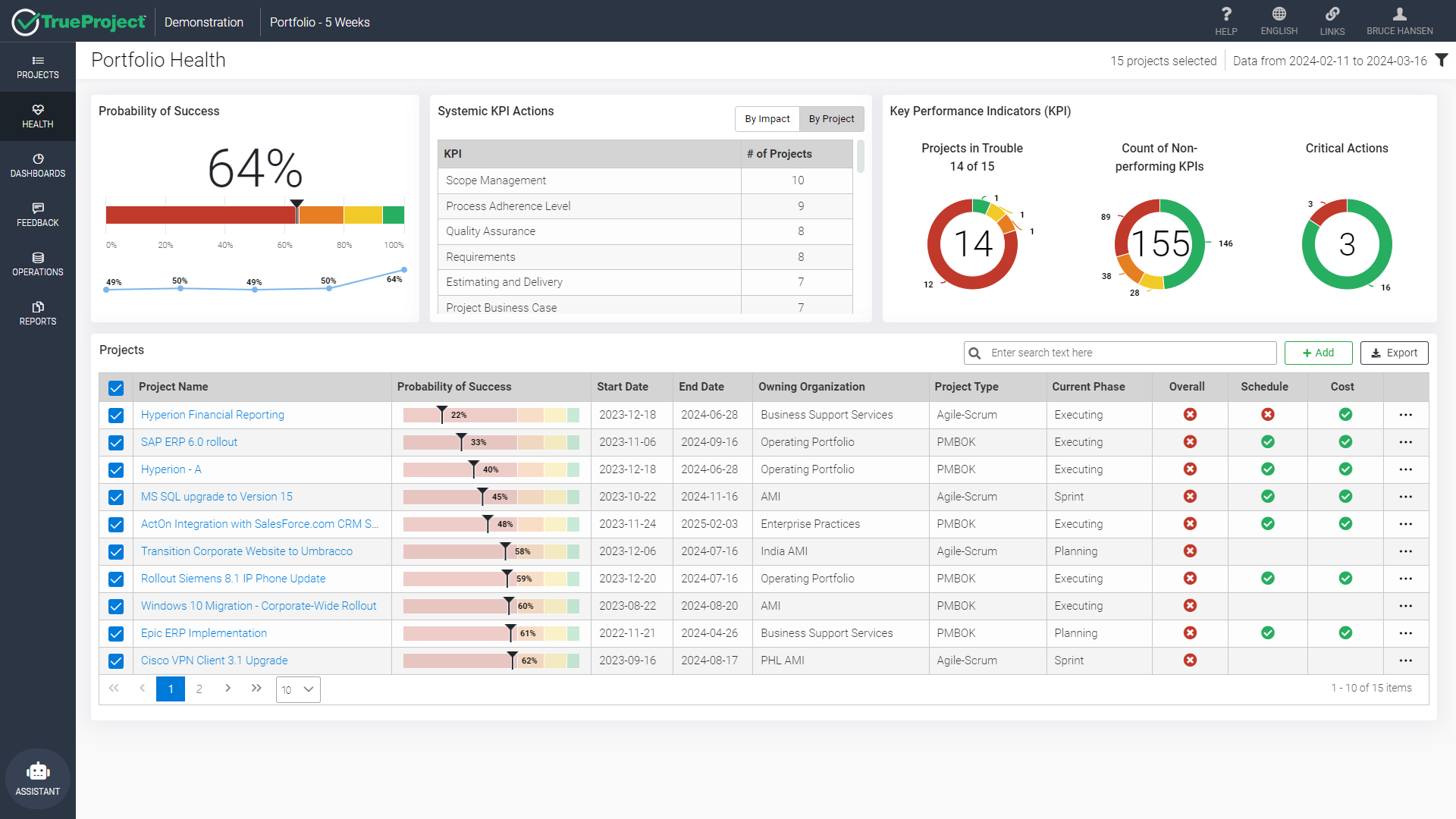
Get started without the guesswork. Explore the TrueProject QuickStart Plan—designed for fast SDLC alignment and immediate ROI with predictive clarity built-in.
Conclusion
In 2025, the Software Development Life Cycle (SDLC) remains a cornerstone for delivering high-quality software, yet persistent challenges like poor planning and $122 million wasted per $1 billion invested underscore the need for advanced solutions (Planview.com, 2024). This article has demonstrated how integrating earned value management with predictive intelligence across the phases in software development life cycle ensures projects stay on track, delivering measurable strategic value.
Predictive intelligence transforms SDLC by providing real-time risk forecasting and actionable insights, enabling proactive decision-making at every stage. Predictive intelligence transforms SDLC by providing real-time risk forecasting and actionable insights, enabling proactive decision-making at every stage. It ensures smooth execution across phases—minimizing rework, accelerating feedback loops, and directly enhancing the quality of software delivered. These capabilities help organizations move from reactive management to precision-driven execution.
TrueProject, a KPI-based predictive project management SaaS solution, elevates SDLC by leveraging cutting-edge analytics to identify potential issues weeks in advance, ensuring alignment with organizational goals. Its automated oversight and AI-driven insights empower project managers to navigate complexities with precision, reducing risks and enhancing outcomes. By delivering data-supported validation of project health, TrueProject instils unparalleled confidence, positioning itself as the definitive solution for driving SDLC success in a cloud-driven era.
The cost of reactive SDLC management is rising. TrueProject gives you the foresight to lead with confidence—before budget or timelines take the hit. Schedule a discussion to see how TrueProject can elevate your project outcomes.
Frequently Asked Questions
- What is Software Development Life Cycle (SDLC)?
The Software Development Life Cycle (SDLC) is a structured process for planning, designing, developing, testing, deploying, and maintaining software, ensuring quality and efficiency. - What are the phases of SDLC?
The phases of SDLC include Planning, Requirements Analysis, Design, Development, Testing, Deployment, and Maintenance, each critical to project success. - How does earned value management enhance SDLC?
Earned value management tracks progress in the SDLC life cycle phases using metrics like EV and PV, ensuring alignment with goals when paired with predictive intelligence.






